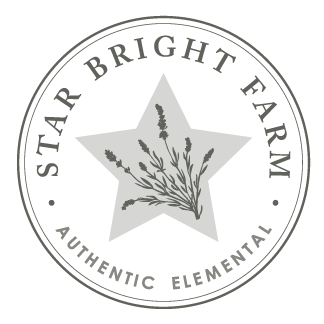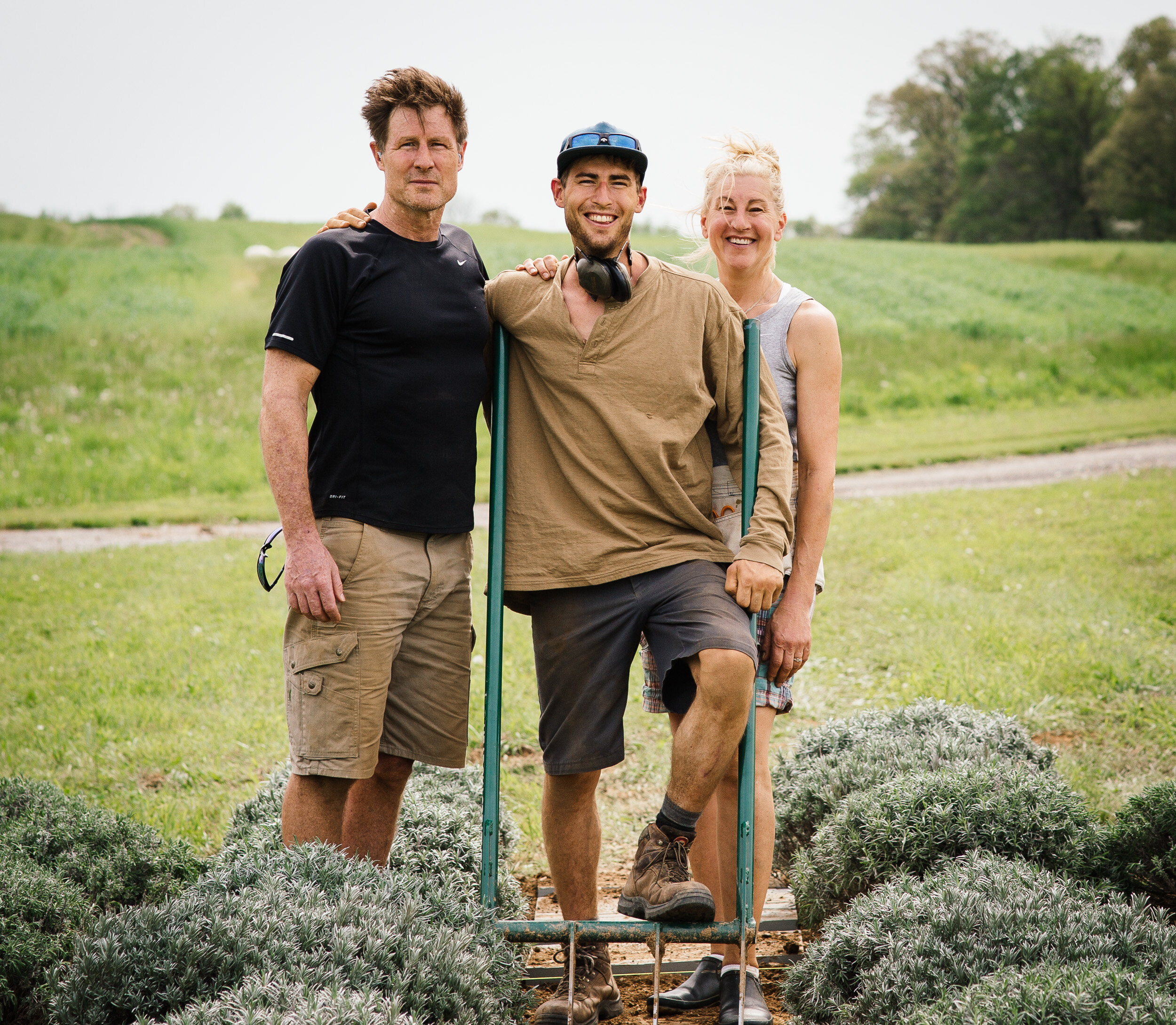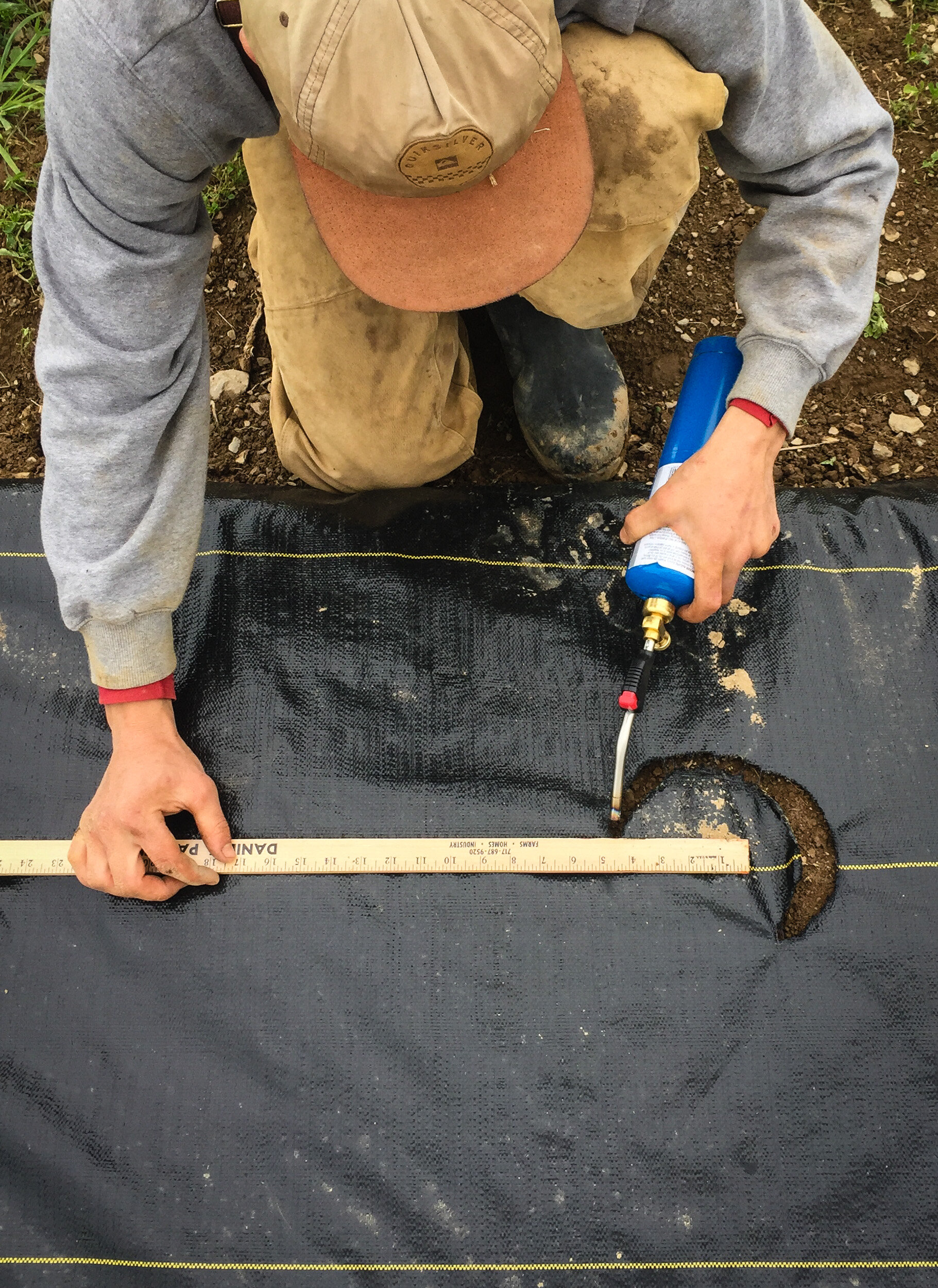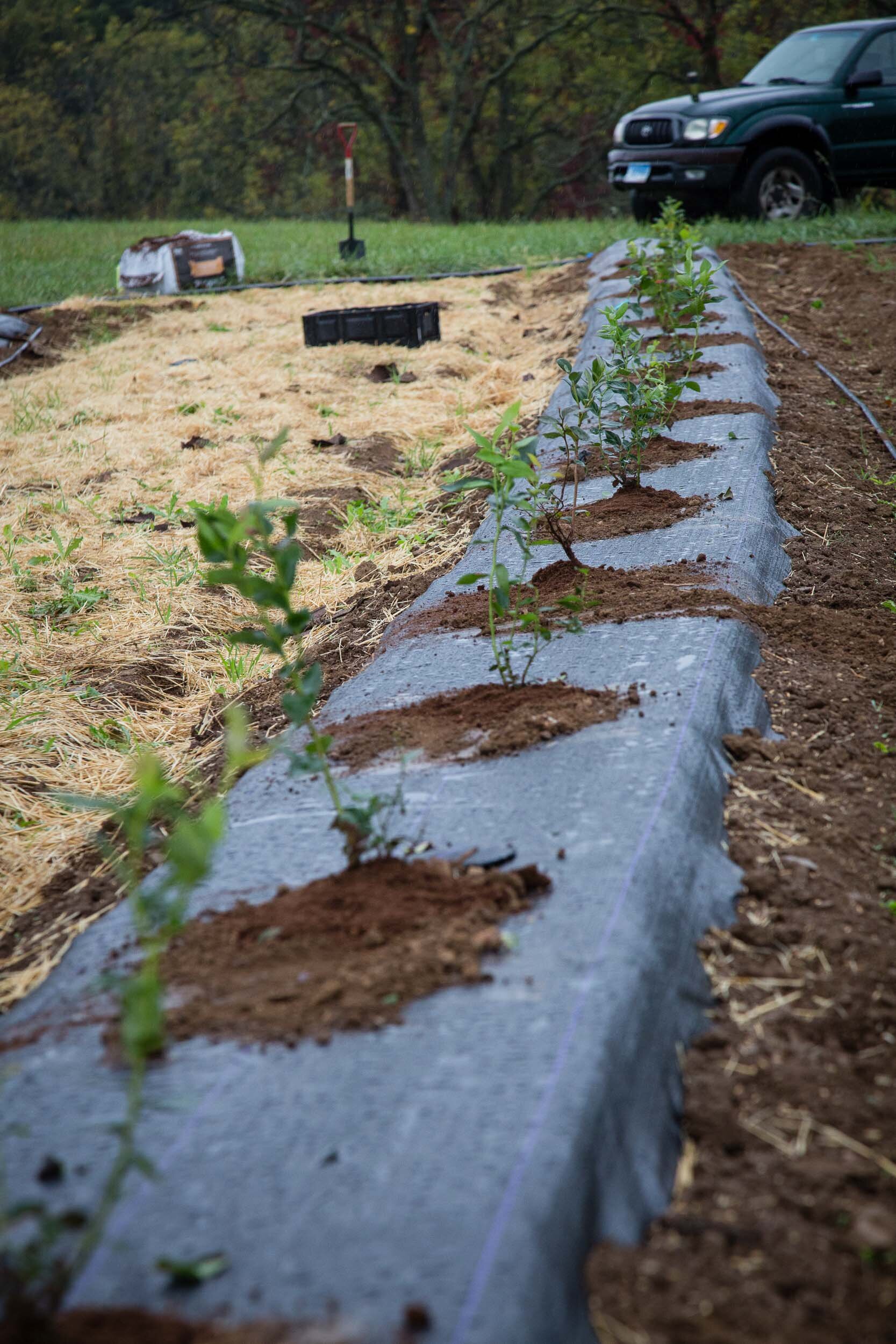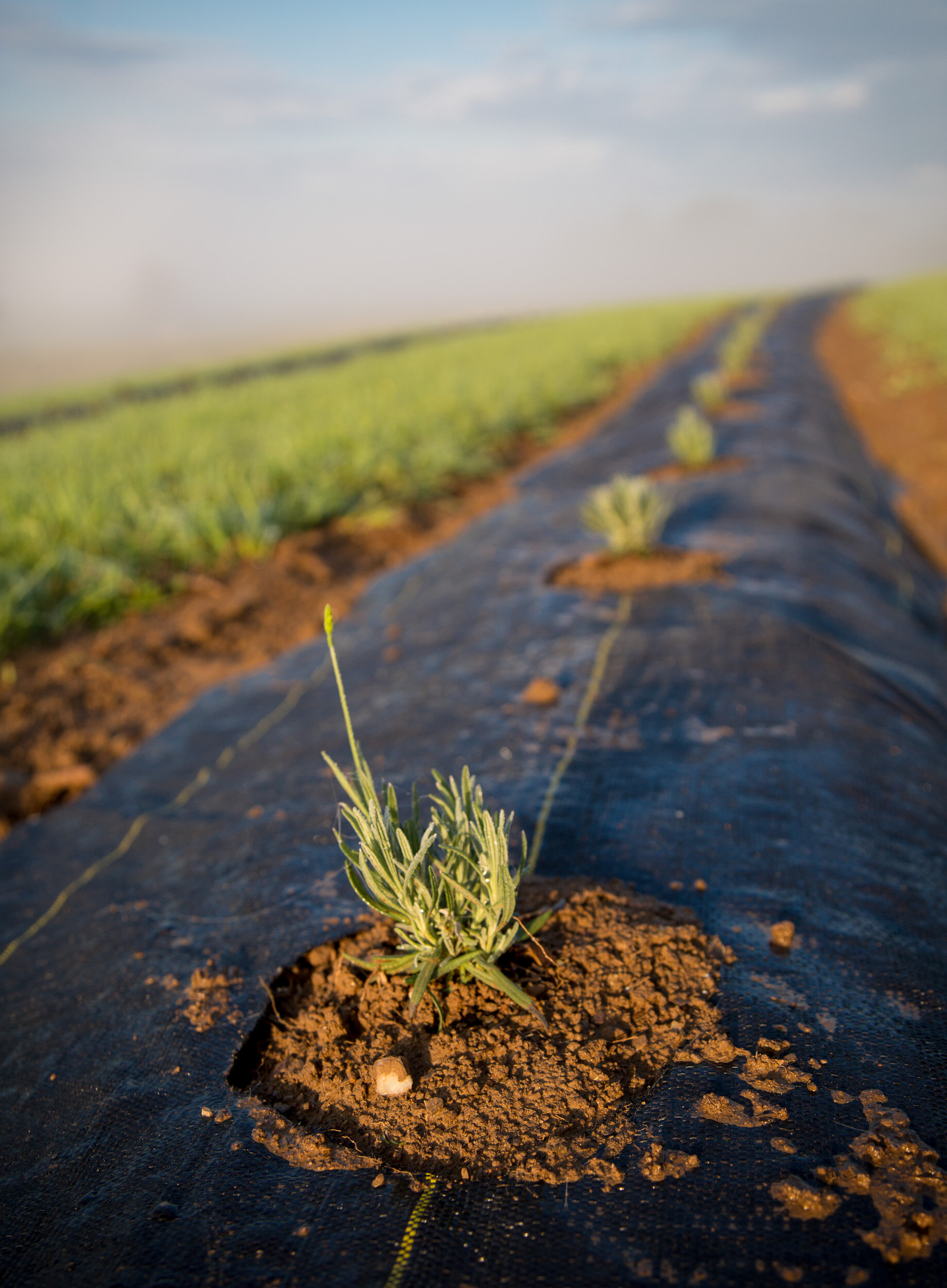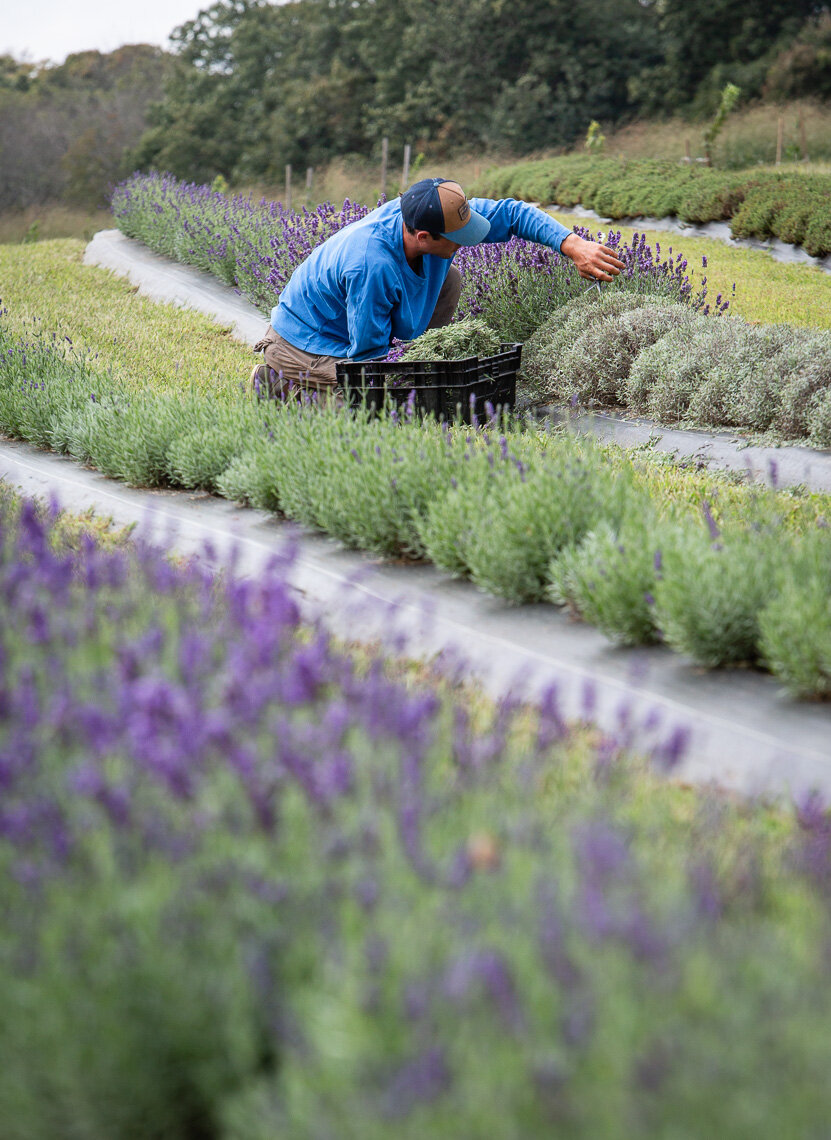Making a Modern Farmer
The Making of a Modern Farmer, Our Peter Elmore
For most 12-year olds, waking up at 4am on the weekend to work farmer’s markets would send them running from a future in agriculture. Alas, this was not the case for Peter Elmore, our head farmer at Star Bright Farm.
“Once we turned 12, my aunt Joan and uncle Drew [Norman] would let us help with the farmer’s markets for One Straw Farm, and I couldn’t wait,” says Peter. “It was a chance to earn money. Sometimes there’d be five of us kids spread across the front bench of my aunt’s weathered 1980s box truck, passed out shoulder to shoulder, on the way to Waverly Market in the wee hours of the morning.”
Now considered a touchstone of Maryland organic farming, One Straw Farm was not always a household name at the market. Peter quickly learned how to represent his aunt and uncle’s organic practices to the general public, explaining the value of organically grown produce and sharing techniques for how to cook for the more obscure produce he was selling. It was the farmer’s market that took Peter out of the country and into the “big city” where he could wander the market booths and taste the world through empanadas, mushroom pitas, Thai food.
But as fun as those Saturdays in the city were, Peter’s love for the land was ingrained early on at Star Bright Farm. As a child, his parents, photographer Helen Norman and advertising executive Mark Elmore, would send Peter and his younger brother, Patrick, out into the fields to pick something for dinner. It got them invested in what they were eating, and the boys loved the challenge of finding the largest zucchini.
For years, Peter assumed all childhoods were spent building Lego sets by the mossy stream and assembling log cabins for toys in the woods. He drooled over kids’ Lunchables and Gushers at school and tried fruitlessly to trade his veggie-laden sandwich for a pre-packaged treat.
As a teen, the Farm became the place where Peter felt at home with himself. It was empowering to know how food was grown, why it was good for people, to play a part in getting it to them at farmer’s markets, and it felt special to come from a background that was completely different from others, yet somehow important to everyone. That grounding was a gift to an insecure high schooler who, like all teenagers, wasn’t always sure where or how to fit in.
He followed two of his great loves - skiing and agriculture - to the University of Vermont to pursue his fascination with how things grow naturally and with minimal to no intervention.
“I didn’t go to college necessarily intending to become a farmer myself; I wanted to better understand the science and business of farming. I grew up teaching people about what to do with food, so I hoped I would come back one day and run the business logistics of One Straw Farm,” says Peter.
While in college, the magic of permaculture, plant science and botany quickly planted roots in Peter’s heart, and he drew up plans for a future perennial design at his parents’ farm to maximize diversity and environmental productivity with the least amount of environmental impact. After graduation, he once again followed his love of skiing, but this time to Oregon where he tore up the slopes and worked at a food hub.
“I was working with local Oregon farmers at this food hub, and I realized I looked up to these people who were living the passion of the land. It hit me that I wanted to be the grower. At that point, my parents were considering the next steps for Star Bright Farm, and I realized that if I stayed on the west coast, I’d miss the changes my parents were making at my childhood farm. I decided to cut Oregon short and make farming my life.”
That was 2017 when Peter cut ties with Oregon and flew home to take over as lead farmer. He felt the weight of being responsible for land for the first time. His undergraduate work coupled with his public education and farmer relations efforts with food hubs and markets gave him a strong foundation as he approached Star Bright Farm with new eyes. He immersed himself in research and tutorials to complement his permaculture plan from college and stack as much living diversity into a perennial landscape.
Star Bright Farm’s three acres of land were immediately planted with lavender and blueberries; the lavender inspired by Helen’s recent trip to France, and the blueberries as an easy first food crop for Peter to market. Today, the Farm raises 22 types of herbs that are distilled into various hydrosols and other products in our Barn Market, and we grow vegetables that we sell to local chefs.
Peter remains a student for life, actively researching farming best practices and seeking inspiration from other progressive farmers like Joel Salatin of Polyface Farms in Virginia, Richard Perkins of Ridgedale Farm in Sweden, Alan Savory of the Savory Institute and Jean-Martin Fortier of Les Jardins de le Grelinette in Quebec.
He loves to balance the intrigue of new ideas with the experience of seasoned farmers, like his uncle and aunt at One Straw Farm, whom he credits for helping shift the culture towards organic farming. “I like to talk to people of their generation because I see them as more of the solution because they’ve been part of the change that we’re all benefitting from now,” he says. “When my uncle got into farming, it was during the Green Revolution when everything was becoming industrial farming to maximize efficiency and grow one crop in mass quantities. This shift in farming didn’t sit well with him. He was rubbing against the grain to pursue organic farming, like he was some hippie on the corner selling vegetables. But his approach to farming has informed my own philosophy, which is to be healthier and responsible with the land and soil and feed our family healthy food.”
Stay tuned for more about how this modern farmer has shaped the philosophy at Star Bright Farm. For now, we are humbled by your interest in our family, and we thank you for journeying along with us.
The Elmore Family
